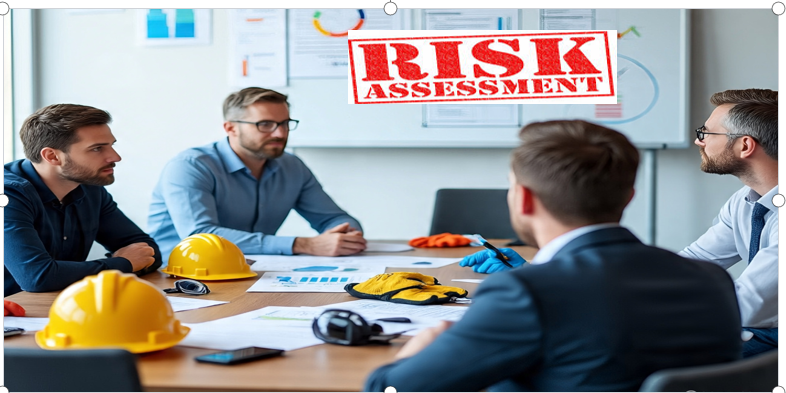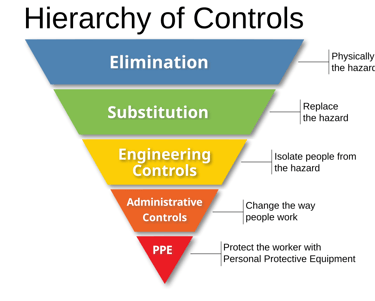Hazard Identification and Risk Assessment (HIRA)
Hazard Identification and Risk Assessment (HIRA) is best safety tool to identify the hazards and take appropriate corrective action by evaluating risk level which will help to prevent accident.
Ganpat Shinde
7/2/20252 min read


In any workplace, safety isn't something that happens by accident—it's the result of proactive planning, awareness and continuous improvement. One of the most effective tools in achieving this is Hazard Identification and Risk Assessment (HIRA). Whether you're on a construction site, in a laboratory or at an office desk, understanding and implementing HIRA can save lives, reduce injuries and prevent costly disruptions.
What Is Hazard Identification and Risk Assessment (HIRA)?
Hazard Identification is the process of recognizing any condition, object or activity that has the potential to cause harm.
Risk Assessment involves evaluating the severity and likelihood of harm resulting from those hazards.
Together, these two steps form the foundation for informed decision-making in workplace safety management.
Why Is HIRA Important?
Prevents Accidents and Injuries: Identifying hazards before they lead to incidents helps protect workers and the public.
Ensures Legal Compliance: Many regulatory agencies require formal risk assessments to meet occupational safety standards.
Improves Operational Efficiency: Preventing disruptions and downtime leads to smoother operations and cost savings.
Builds a Safety Culture: Engaging workers in the process creates awareness and responsibility at every level.
Common Types of Workplace Hazards
Physical Hazards: Noise, heat, vibration, radiation, or moving machinery.
Chemical Hazards: Toxic substances, flammable materials or corrosives.
Biological Hazards: Bacteria, viruses, mold or contaminated materials.
Ergonomic Hazards: Repetitive movements, poor posture or improperly designed tools.
Psycho-social Hazards: Stress, harassment or workplace violence.
Steps in the HIRA Process
1. Identify Hazards: Walk through the workplace, review past incident reports, talk to employees and safety representatives.
2. Assess the Risks: Determine the likelihood of the hazard causing harm, estimate the potential severity of that harm.
3. Control the Risks: Apply the Hierarchy of Controls:
Elimination – Remove the hazard.
Substitution – Replace the hazard with something safer.
Engineering Controls – Isolate people from the hazard.
Administrative Controls – Change work procedures or schedules.
Personal Protective Equipment (PPE) – Use as a last resort.
4. Document and Review: Record findings and control measures, re-assess regularly, especially after changes or incidents.
Tips for effective HIRA:
Involve Employees: They often know the risks better than anyone.
Use Checklists: They help standardize and streamline the process.
Update Regularly: Conditions and risks change—your assessments should too.
Train Continuously: Make sure everyone understands their role in safety.
Conclusion
Hazard Identification and Risk Assessment isn’t just a compliance checkbox—it is a life-saving tool. By identifying risks before they become problems, we create safer, more productive workplaces for everyone. Make HIRA a routine part of your operations and watch your safety culture grow stronger every day.


